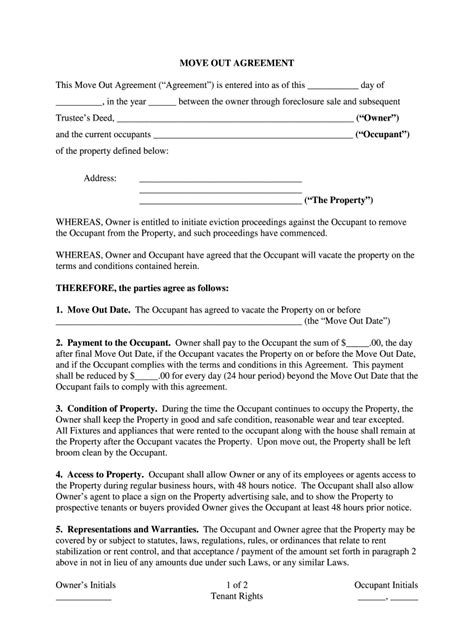How to Transfer Your California Home to Your Child
Transferring your California home to your child can seem complex, but understanding the various methods and their implications is crucial for a smooth and legally sound process. This comprehensive guide explores different options, highlighting the tax implications and potential pitfalls to avoid. We'll address common concerns and ensure you're well-informed before making this significant decision.
Why Transfer Your Home?
Before diving into the methods, let's examine the reasons behind transferring ownership. Common motivations include:
- Estate Planning: Avoiding probate and simplifying the inheritance process for your child.
- Financial Assistance: Providing your child with a valuable asset, potentially reducing their housing costs.
- Tax Advantages (Potential): Depending on the method used, there might be tax benefits, although this is highly dependent on individual circumstances and current tax laws. Always consult a tax professional.
- Avoiding Future Disputes: A clear transfer of ownership can prevent potential family conflicts after your passing.
Methods for Transferring Your California Home
Several methods exist for transferring your California home to your child. Each has unique tax and legal ramifications:
1. Quitclaim Deed
This is the simplest method, involving transferring ownership without a formal sale. The grantor (you) simply signs a deed transferring ownership to the grantee (your child). While straightforward, it doesn't offer protection against existing liens or debts associated with the property. Additionally, the transfer triggers a reassessment of the property's value for property tax purposes.
2. Grant Deed
Similar to a quitclaim deed, a grant deed transfers ownership. However, it offers a greater level of protection as it implies a warranty that the grantor has the right to transfer the property. It's generally preferred over a quitclaim deed due to its stronger legal standing. Like the quitclaim deed, it triggers a reassessment of the property's value for property tax purposes.
3. Sale
Selling the property to your child is a more formal process involving a purchase agreement, escrow, and closing costs. This method offers greater control and allows for a clear record of the transaction. While it involves more paperwork, it might be preferable if you require payment or wish to manage tax implications more strategically. This will likely trigger a reassessment of the property's value for property tax purposes.
4. Transfer on Death Deed (TOD)
A TOD deed allows you to name a beneficiary who automatically inherits the property upon your death without going through probate. This simplifies the inheritance process and avoids probate costs and delays. However, you retain ownership and control of the property during your lifetime. California's laws regarding TOD deeds are specific, so consultation with a legal professional is essential.
What are the Tax Implications of Transferring My Home to My Child?
Capital Gains Tax: If you sell the property to your child (rather than gifting it), capital gains taxes may apply based on the profit made (selling price minus your original cost basis and any improvements). Consult a tax professional to understand your specific situation.
Gift Tax: Transferring ownership as a gift may trigger gift tax implications, depending on the value of the property and your lifetime gift tax exemption. The annual gift tax exclusion allows you to gift a certain amount annually to each recipient tax-free. Consult a tax professional to understand the current gift tax laws and exclusions.
Property Tax: In most cases, transferring ownership triggers a reassessment of the property's value for property tax purposes, resulting in potentially higher property taxes for your child. There are exceptions such as the transfer between parents and children under Proposition 58, which allows for the transfer of a property’s base-year value. However, this requires specific conditions to be met.
How Can I Avoid Probate When Transferring My Home?
Transferring ownership using a TOD Deed or transferring ownership during your lifetime will help avoid probate. While a sale can technically avoid probate (if the transaction is completed during your lifetime), a TOD Deed is usually the most efficient method for avoiding probate while retaining ownership until death.
What Documents Do I Need?
The necessary documentation varies depending on the chosen method. Generally, you'll need a valid identification, proof of ownership (title), and possibly a survey of the property. Consult a legal professional to determine the specific requirements for your situation.
Should I Get Legal and Financial Advice?
Absolutely. Transferring a property is a legally and financially complex process. Consulting with both a real estate attorney experienced in California property law and a tax advisor is strongly recommended to ensure you're making informed decisions that align with your goals and legal obligations. This will prevent potential future problems and ensure a smooth transfer.
This information is for general guidance only and does not constitute legal or financial advice. You should consult with qualified professionals before making any decisions about transferring your California home to your child.

